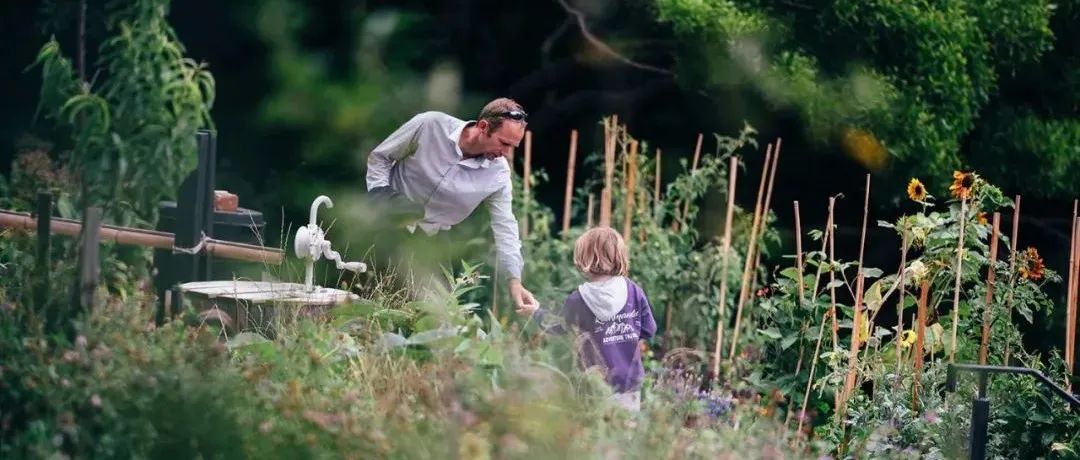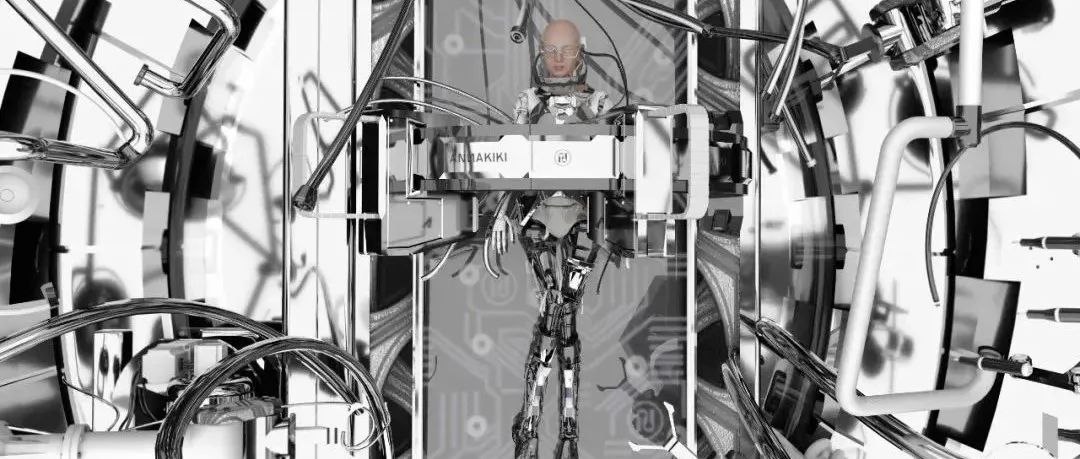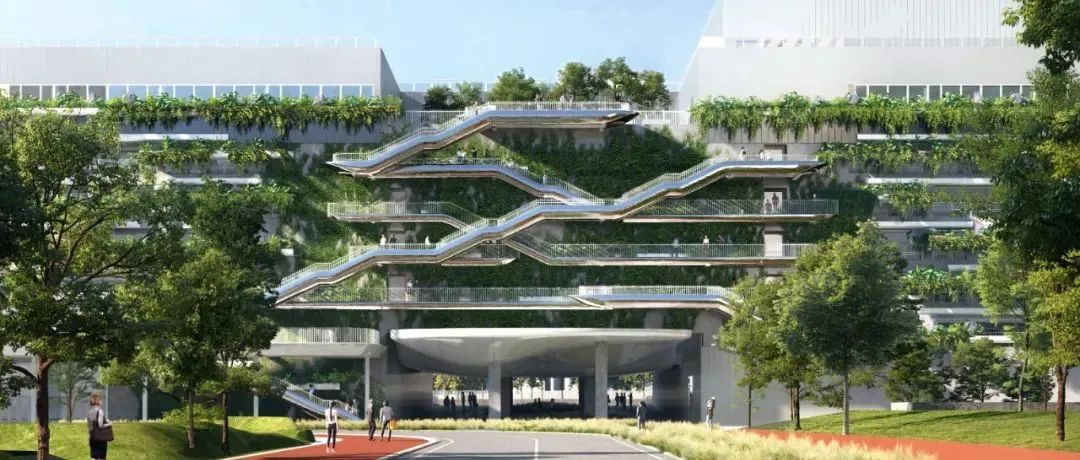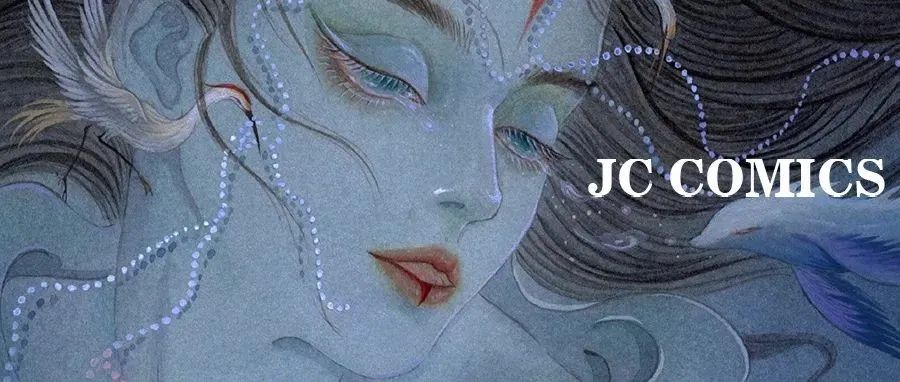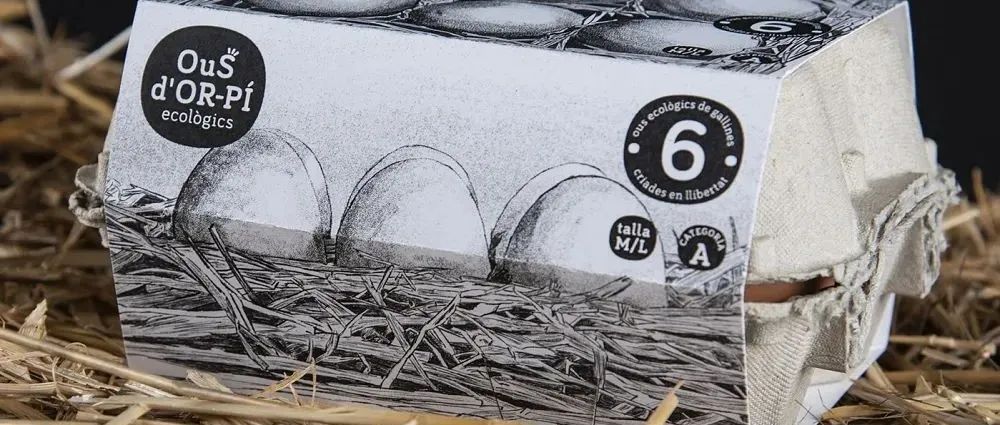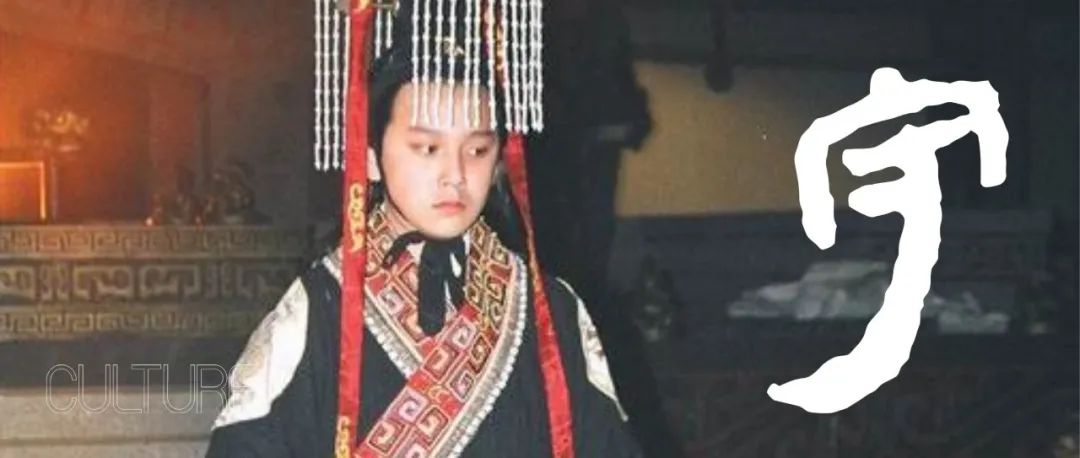背景
Background
探索花园将植物园的一小块使用过的区域变成了一个重要的活动中心,供儿童和他们的家人更多地了解自然世界和他们的社区。
The Discovery Garden has transformed a little used area of the Botanic Garden into a vital activity centre for children and their families to learn more about the natural world and their community.
平面图
Site plan
建筑图纸
Architectural drawings
Material Choices
材料的选择反映了花园的主题——植物对我们的多种帮助方式。植物材料以木材产品的形式被用于展馆的挡土墙、覆层和室内装饰、座椅、甲板结构和竹水道。
Material choices are reflective of the garden’s main theme – the many ways plants can be helpful to us. Plant materials, in the form of timber products, are employed in the retaining walls, cladding and interior finishes of the Pavilion and seating, deck structures and in the bamboo water race.
探索花园
The discovery garden
建筑小屋使用简单的“花园棚”建筑材料。没有明显的图案,并增加了本土植物的调色板、栅栏、展馆的tukutuku风格的木板条,以及沿着沟渠的houhere/lacebark屏风,这些作为rohe的一部分,为花园带来了微妙的解释和身份。
Simple ‘garden shed’ building materials are used in the Construction Hut. Without obvious patterning, and adding to the palette of indigenous plants, palisade fencing, tukutuku-inspired timber battens of the pavilion, and houhere/lacebark screens along the trench, all bring subtle interpretation and identity to the Garden as part of the rohe.
探索花园
The discovery garden
要实现这一愿景,需要与植物园的专业人员和花园之友建立强有力的工作关系。第一步是确认与场地所带来的挑战相匹配的物种种类——一个陡峭的山脊,暴露在所有的风中,并确定如何采购用于食物、纤维、建筑和药物的植物,然后在小气候中进行分组。
同样重要的是为人们找到舒适的位置——为我们的长辈/Kaumatua提供阴凉、遮蔽、水和座位,并提供场地所能提供的最佳可达性。设计中固有的小规模空间将有助于人们聚集在一起,并鼓励更多的社区联系。
Bringing this vision to life required a strong working relationship with the Botanic Garden specialist staff and the Friends of the Garden. First steps were to confirm the variety of species that would match the challenges posed by the site – a steeply sloped spur exposed to all winds; and to determine how plants for food, fibre, construction and medicine could be sourced, and then grouped in microclimates.
Equally important was to find comfortable spots for people – with provision of shade, shelter, water, seating for our elders/kaumatua, and the best accessibility the site could offer. The smaller-scaled spaces inherent to the design will help bring people together and encourage greater community connections.
探索花园
The discovery garden
Mana whenua将我们与花园的历史联系起来。社区合作帮助确认了可以作为太平洋、亚洲和世界各地试金石的种类,以增强欢迎感和归属感。
Mana whenua linked us back to the history of the garden. Community collaboration helped confirm species that would serve as touchstones from the Pacific, Asia and around the world; to enhance the sense of welcome and belonging.
植物
Plant
花园的意义
The Meaning of Gardens
虽然很美,但这个花园显然是为了让人触摸、闻到、采摘的。园子里的植物被安排得很有趣,为 "快餐"、"不可思议的食用植物"、"健康的染料 "和 "野生生长 "等词语带来了新的含义。
While beautiful, this garden is clearly meant to be touched, smelled, picked. The collection is playfully arranged to bring new meaning to the terms ‘fast foods,’ ‘incredible edibles’, ‘healthy dye’ and ‘growing wild’.
玩耍的儿童
Children at play
“Te Kaapuia o Te Waoku——我们都是大自然的一部分。探索花园是一个令人惊叹的生活教室,好奇的人可以在这里探索和了解自然世界。我们将专注于植物的奇妙用途——用于食品、纤维、医药和建筑。”
—惠灵顿市委员会
“Te Kaapuia o Te Waoku – We are all part of nature. The Discovery Garden is an amazing living classroom where curious minds can explore and learn about the natural world. We’ll be focusing on the fantastic uses of plants – for food, fibre, medicine, and construction.”
—Wellington City Council
细节
Details
项目信息
景观设计师:ISTHMUS
项目地点:新西兰惠灵顿植物园
设计年份:2014-2016
建成年份:2016-2017
Landscape Architect: ISTHMUS
Project location: Wellington Botanic Garden, Wellington, New Zealand
Design year: 2014-2016
Year Built: 2016-2017
素材来源:landezine,由园景人转译
网址:http://www.cnlandscaper.com
注:部分图片来源于landzine,图文系园景人(ID:xyzwin)原创整理,欢迎转载,转载请输入“转载”授权,请注明来源!
The Discovery Garden,今天您「在看」吗?
本文来自微信公众号“园景人”(ID:xyzwin)。大作社经授权转载,该文观点仅代表作者本人,大作社平台仅提供信息存储空间服务。


